The Bosporus and the Black Sea
Learn more about where Europe and Asia meet and the history of the Bosporus on a escorted small group tour for mature and senior travellers to Europe for couples and solo travellers.
14 Dec 20 · 4 mins read

The Bosporus Strait
By Marco Stojanovik
The narrow natural strait of the Bosporus, also known as the Strait of Istanbul, is considered as the continental boundary between Europe and Asia and divides Turkey by separating Anatolia from Thrace. Although only 30km long and with a maximum width of 3,700 metres, it has for millennia been of upmost strategic importance connecting the Black Sea to the Sea of Marmara (connected by the Dardanelles to the Aegean Sea, and thereby to the Mediterranean Sea). Indeed, as the only sea route between the Black Sea and the Mediterranean, control over it has been an objective of a number of hostilities through history. This article explores the history and sites of the Bosporus to assist your Bosphorus cruise and Black Sea cruise.
Odyssey Traveller conducts a day trip tour of the Bosporus and the Black Sea as part of our Discover Turkey escorted small group history private tour. We take a river cruise along the Bosporus to view both the European and Asian shores of modern-day Istanbul and the many beautiful waterfront houses along the coast, most of which were built during the Ottoman period.

The Bosporus: Strategic Location Throughout History
As the only point of passage between the Black Sea and the Mediterranean, the Bosporus has for millennia been of great commercial and strategic importance. In the 5th century BCE the Greek city-state of Athens maintained critical alliances with cities which controlled the straits as it was dependent on grain imports from the Black Sea ports of Scythia.
Centuries later in 330 CE, largely due to the strategic significance of the Bosporus strait, Roman Emperor Constantine the Great then founded there the new capital of the Eastern Roman (Byzantine) Empire, Constantinople. During the era of the Byzantine Empire, many beautiful Byzantine monasteries were built on the banks of the Bosporus, which obtained great fame. The expressions “swim the Bosporus” and “cross the Bosporus” were and are still used to indicate religious conversion to the Eastern Orthodox Church.

In 1452 Ottoman Sultan Mehmet the Conqueror embarked on a lengthy campaign to capture the city. In preparation for not only the primary battle but also to assert long-term control over the Bosporus and the surrounding waterways, he ordered the construction of mighty fortifications on each side of the strait: Anadoluhisarı (1393) on the Asian shore and Rumelihisarı (1451) on the European. In doing so he prevented reinforcement from reaching the besieged city and, on 29 May 1453, his armies burst through the city walls establishing Constantinople (later renamed Istanbul) as capital of the Ottoman Empire.
From Istanbul the Ottomans were able to expand their empire in the centuries that followed. At its peak between the 16th and 18th centuries, the Ottoman Empire capitalized on the strategic location of the Bosporus to expand their regional ambitions and gain control of the entire Black Sea area. Regarding it as the “Ottoman Lake” Russian warships were prohibited to access it.
Control over the Bosphorus Strait has been an objective of a number of conflicts In modern history due to tis strategic importance. Notable examples are the Russo-Turkish War (1877-78) and the attack of the Allies Powers on the Dardanelles in 1915 during World War One.
Modern times has also seen a number of international treaties to govern the vessels using the waters. The Montreux Convention Regarding the Regime of the Turkish Straits, formalised in July 1936 and still in practical force, treats the straits as an international shipping lane but gives Turkey the right to restrict the naval traffic of non-Black Sea nations.

Sightseeing on the Bosphorus
The Bosphorus has 620 waterfront houses (yalı) built during the Ottoman period along the strait’s European and Asian shorelines. Numerous Ottoman places such as the Topkapı Palace, Dolmabahçe Palace, Beylerbeyi Palace and more also within view – as are famous buildings and landmarks including the Hagia Sophia, Hagia Irene, Sultan Ahmed Mosque and much more!
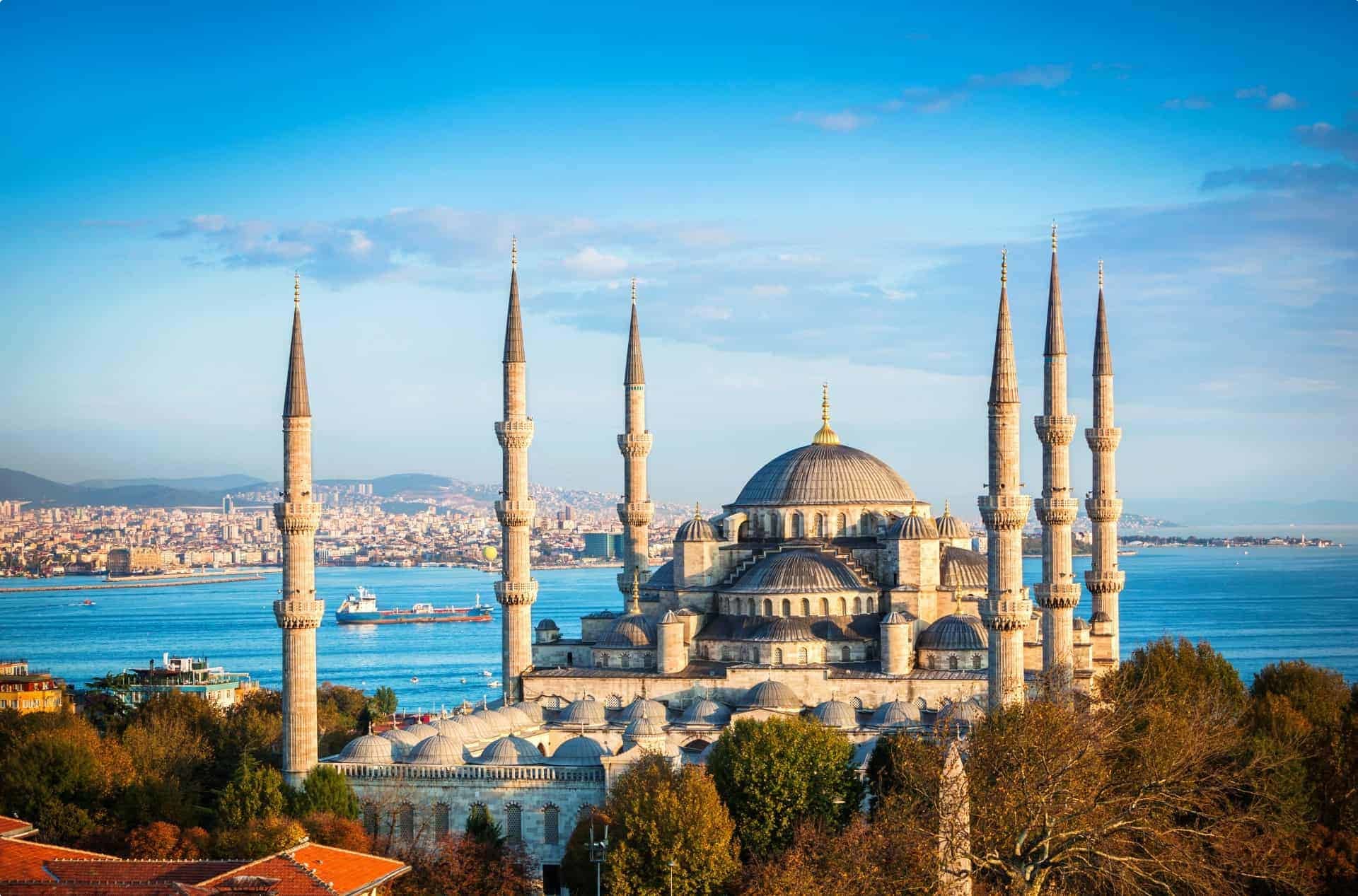
Bosphorus Tour
Odyssey Traveller conducts a day trip tour of the Bosporus and the Black Sea via river cruise as part of our Discover Turkey escorted small group history private tour during which we visit some of the most spectacular, varied, and historically important sites in the ancient world. This small group Turkey holiday tour begins and ends in Istanbul, Turkey’s largest city and seaport, and the place where east meets the west on the Bosphorus strait. Discover Turkey with Odyssey on this amazing guided tour through the ancient world linking the Black Sea, Egypt, Syria and Europe together on this history tour. Our tour packages are especially designed to be suitable for mature-aged and senior travellers, whether joining as a couple or as solo travellers.
Odyssey Traveller has been serving global travellers since 1983 with educational tours of the history, culture, and architecture of our destinations. We specialise in offering small group tours partnering with a local tour guide at each destination to provide a relaxed and comfortable pace and atmosphere that sets us apart from larger tour groups. Tours consist of small groups of between 6 and 12 people and are cost inclusive of all entrances, tipping and majority of meals including breakfast, lunch, and dinner. For more information, click here, and head to this page to make a booking.
Articles about Turkey published by Odyssey Traveller.
- Treasures of the Ottoman Empire
- Turkey: From Anatolia to the Ottoman Empire
- Ten Unimaginable Destinations
- Ten Books for Travellers to Turkey
- Ten Things to See in Turkey
For all the articles Odyssey Traveller has published for mature aged and senior travellers, click through on this link.
External articles to assist you on your visit to Turkey.
- What to see in Turkey in 5 days? (Holidayme.com)
- How to spend 3 days in Turkey (Drifter Planet)
- 10 Days in Turkey: A Travel Itinerary (Map and Magnets)
- How to travel from Istanbul to Cappadocia (Turkey Travel Planner)
Related Tours
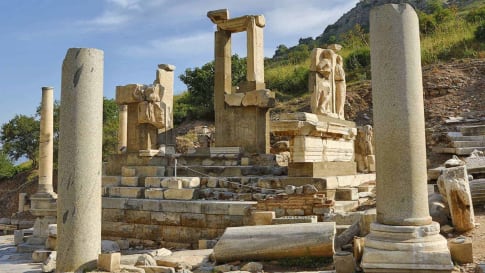
21 days
Apr, AugSmall group tour of Ancient Turkey
Visiting Turkey
As a travel company we seek to keep guests off the beaten path. Trips that are remembered for authentic experiences. Our small group journeys in Turkey are fully escorted by an experienced local guide and an Odyssey guide to give this type of experience whether at one of the many UNESCO World heritage sites explored or local bazaars. It is always about the adventure and memories that we will create.
From A$17,295 AUD
View TourArticles about Turkey and the region
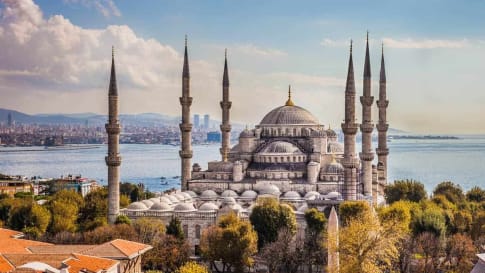
An overview of the history of Turkey for the escorted traveller.
For the senior traveller Turkey is an interesting continuum in human settlement from Neolithic to the Romans through to Ottoman period. Enjoy one on the best guided small group tours of Turkey after reading this article.

Anatolia to Ottoman Empire: Definitive Guide for Travellers
Turkey: From Anatolia to the Ottoman Empire | Small group history tours Turkey The Ottoman Empire, also historically known in the West as the Turkish Empire, was a superpower that lasted for 600 years. Parcelled…

Ankara, Turkey
Ankara, formerly Angora, the capital of the Turkish republic, is located a little to the west of central Anatolia about 350 kilometres southeast of Istanbul. It is the centre of Turkish Government and houses all foreign embassies.
Cappadocia, Turkey
Cappadocia, Turkey Cappadocia, central Turkey, approximately 1h 15m flight from Istanbul airport to Kayseri airport, is a region of exceptional natural wonders, in particular characterized by fairy chimneys and a unique historical and cultural heritage…
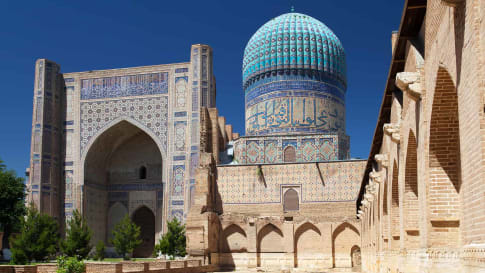
Elements of Mosque Architecture
The word "mosque" often brings to mind not this simple prayer space, but the ornately decorated monuments built by powerful Islamic rulers.
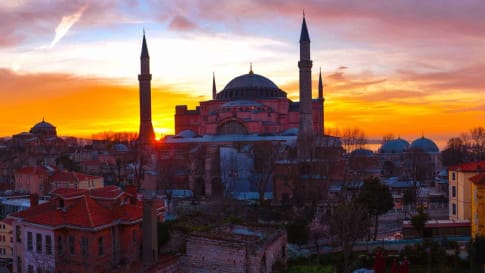
Ideas when visiting Turkey for Mature & Senior Travellers
Ten things to see in Turkey | Small group history tours Turkey Turkey has much to offer when it comes to the nation’s history, food, and landscape. The country has a number of ancient monuments…
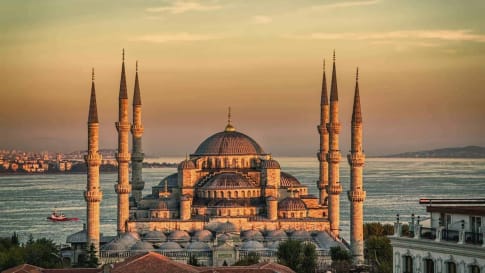
Istanbul, Imperial City: The Definitive Guide
Istanbul, Imperial City | Small Group History Tours Turkey For more than a thousand years, Constantinople stood as the capital of the Byzantine Empire, surviving numerous attacks and internal rebellions, until the cannons of the…
Izmir, Turkey
Izmir, Turkey Izmir is the location of the ancient Smyrna situated in the Gulf of Izmir on the Aegean Sea. This city only recently lost to Istanbul, after 1400 years, the honour of being the…

Ottoman Empire: The Definitive Guide for Travellers
The Ottoman Empire, c. 14th-20th centuries | Small group history tours Turkey The Ottoman Empire once extended from Iraq to North Africa, from Arabia to the Balkans, even pressing to the walls of Hapsburg Vienna…
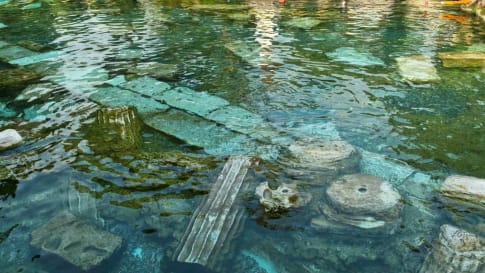
Pamukkale, Turkey
Pamukkale, which in Turkish translates to "Cotton Castle", is a UNESCO World Heritage Site and one of Turkey's famous and most visited tourist attraction.

Ten books for travelling to Turkey
Ten Books to Read about Turkey One of the world’s few trans-continental nations, Turkey is where east meets west, Europe meets Asia, and religion meets modernity. The capital city, Istanbul – once Byzantium, and then…


